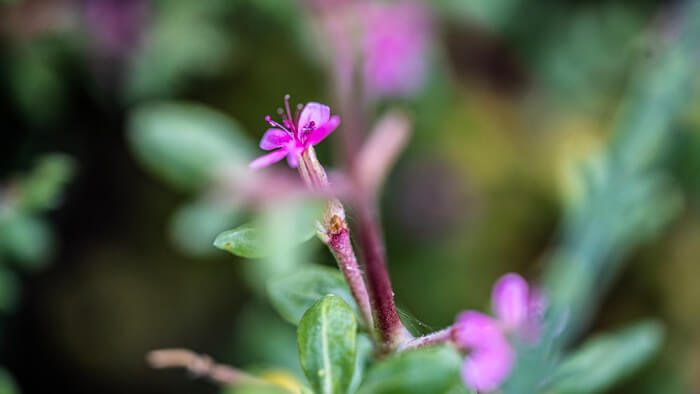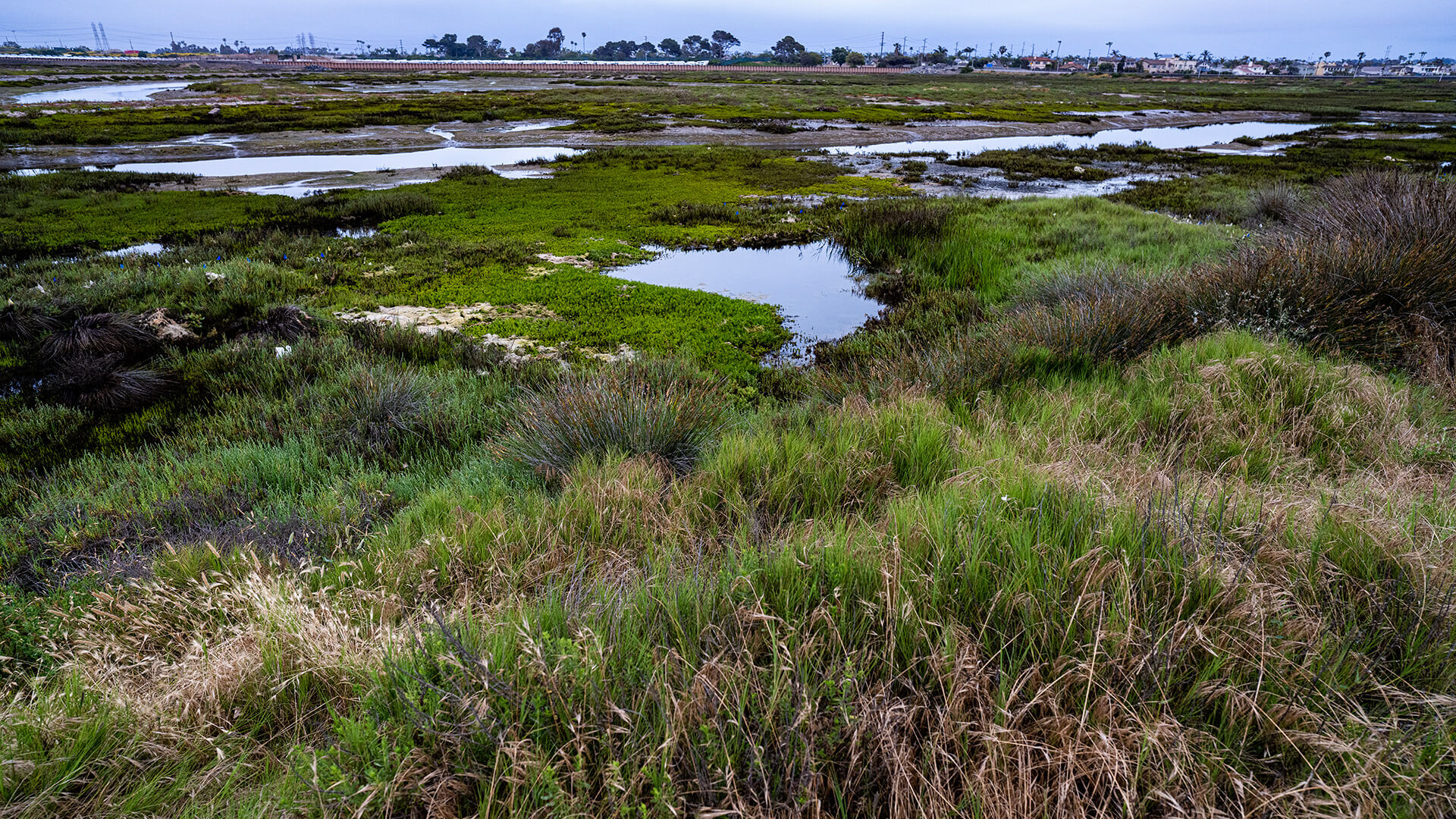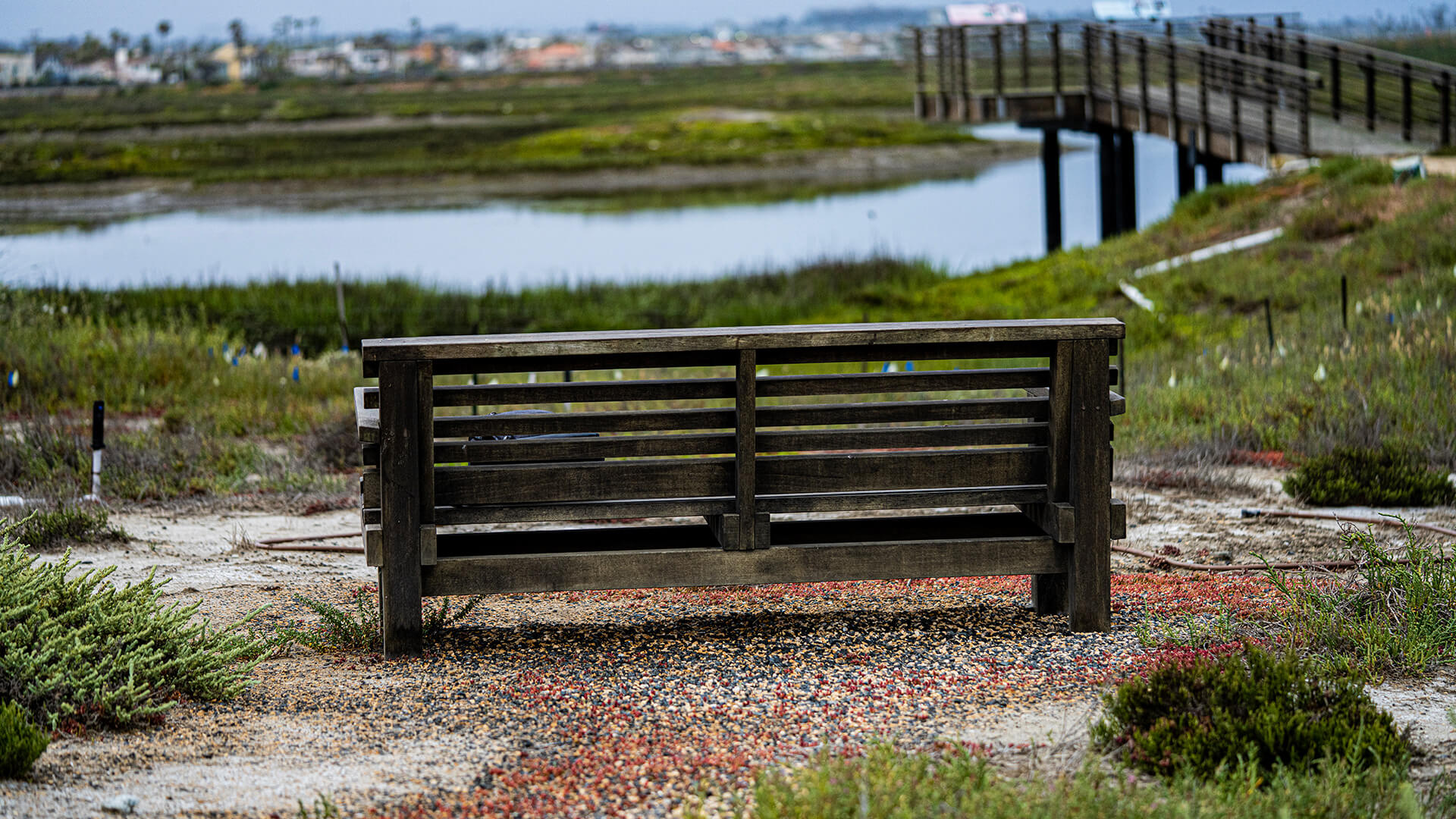About the Wetlands


Who We Are
The Huntington Beach Wetlands Conservancy (HBWC) is a nonprofit organization founded in 1985 with the goal to acquire, restore, and protect the coastal wetlands of southeast Huntington Beach. HBWC is passionate about creating, preserving, and promoting the habitats of local wildlife, and we welcome the community to join us in our endeavors.
What We Do
Having acquired all four marshes and restoring three of them, HBWC is working with our various partners and friends in implementing restoration of Newland Marsh. We also conduct tours from our Interpretive Center which has unique and informational displays and videos that discuss the history of HBWC and the wildlife that occupy our marshes.
Where We Work
Since the late 1800s, modern development has depleted and destroyed much of the coastal wetlands in Southern California. Scientists believe Southern California has lost more coastal wetlands than any other region in the lower 48 states. The Huntington Beach Wetlands was part of a system that contained nearly 3,000 acres. Today, a mere 180 acres remain. We are working hard to preserve these precious few acres for future generations.
Our Impact
Years ago, the area that is now the Huntington Beach Wetlands was nothing more than a collection of soggy parcels, owned by various people and organizations, that had a potential value of millions of dollars, but only if it got developed. Plans envisioned homes, hotels, marinas, shops and parking lots.
That was until a group of local residents saw that the true value was not in its development, but in its preservation and restoration as an active and vibrant wetland. Today, the Huntington Beach Wetlands, consisting of Talbert, Brookhurst, Magnolia and Newland Marshes, are all privately owned and controlled by the Conservancy and will remain pristine and natural in perpetuity. All, with the exception of the newly acquired Newand Marsh, have been completely restored. Newland will be restored in the next couple of years.
We are immensely proud of the achievements of a grassroots group of forward-thinking residents and we look forward to being able to provide a place of nature, a place of learning and a place of preservation for today and long into the future. The Wetlands are our heritage to the future.
How you can help
How You Can Help
- Visit our Interpretive Center to learn about the importance of coastal wetlands
- Walk along one of our marshes
- Donate to help support our education programs
- Volunteer for our marsh cleanup events
- Become a docent at our Interpretive Center
About the Wetlands

The Huntington Beach Wetlands Conservancy is a community-based nonprofit organization founded in 1985 working toward the goal of saving our local wetlands.
HBWC works with local, state and federal agencies and property owners to acquire, restore and manage our coastal wetlands in the Orange County coastal zone. Funding for new projects and for restored wetlands maintenance comes from conservation bonds, state and federal grant funds, private donations, and contributions from interested citizens like you.
The Conservancy owns and manages 190 acres of the Huntington Beach wetlands, including 7 acres of coastal dunes.
Our marshes include:
- Talbert Marsh (located between the Santa Ana River and Brookhurst Street was restored in 1989
- Brookhurst Marsh (located between Brookhurst Street and Magnolia Street) was restored in 2009.
- Magnolia Marsh (located between Magnolia Street the AES Power Plant) was restored in 2010.
- Newland Marsh (located between Newland Street and Beach Blvd) was acquired in 2021 with restoration expected to begin in 2024.
Today, these restored marshes constitute some of the most successful saltwater marsh restoration projects in the state.
Additionally, in 2010 construction was completed on the Interpretive Center. This facility, made possible through grants from the California State Coastal Conservancy and the Wildlife Conservation Board, houses displays of life in and above our marshes and why we should keep them clean and protected, and what marshes do for our ecology, and much, much more.
